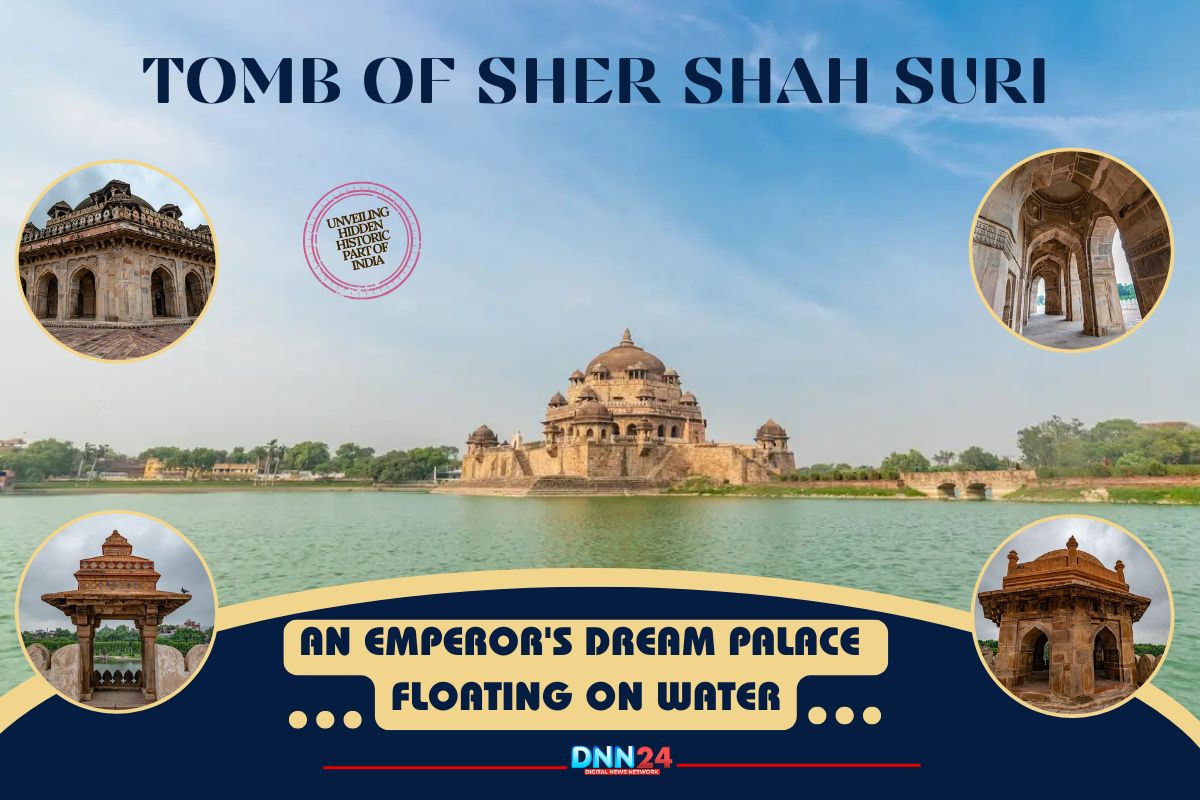Visualise a tomb that floats, not in a garden, but on spreading water, sunlight ricocheting off old stones. Tomb of Sher Shah Suri, rising bold and solitary amid Sasaram’s ancient air, is not merely a resting place for an emperor; it is the story of an ambitious dreamer whose impact still flows into the present. Farid Khan, later becoming Sher Shah, carved his identity from hardship and valour, shaping the Sur Empire as an alternative to Mughal dominance for a brief but shining moment in Indian history. In 1545, after a fateful accident with gunpowder during the siege of Kalinjar, his mortal journey ended. Yet, in death, he succeeded in what he had always sought in life: permanence.
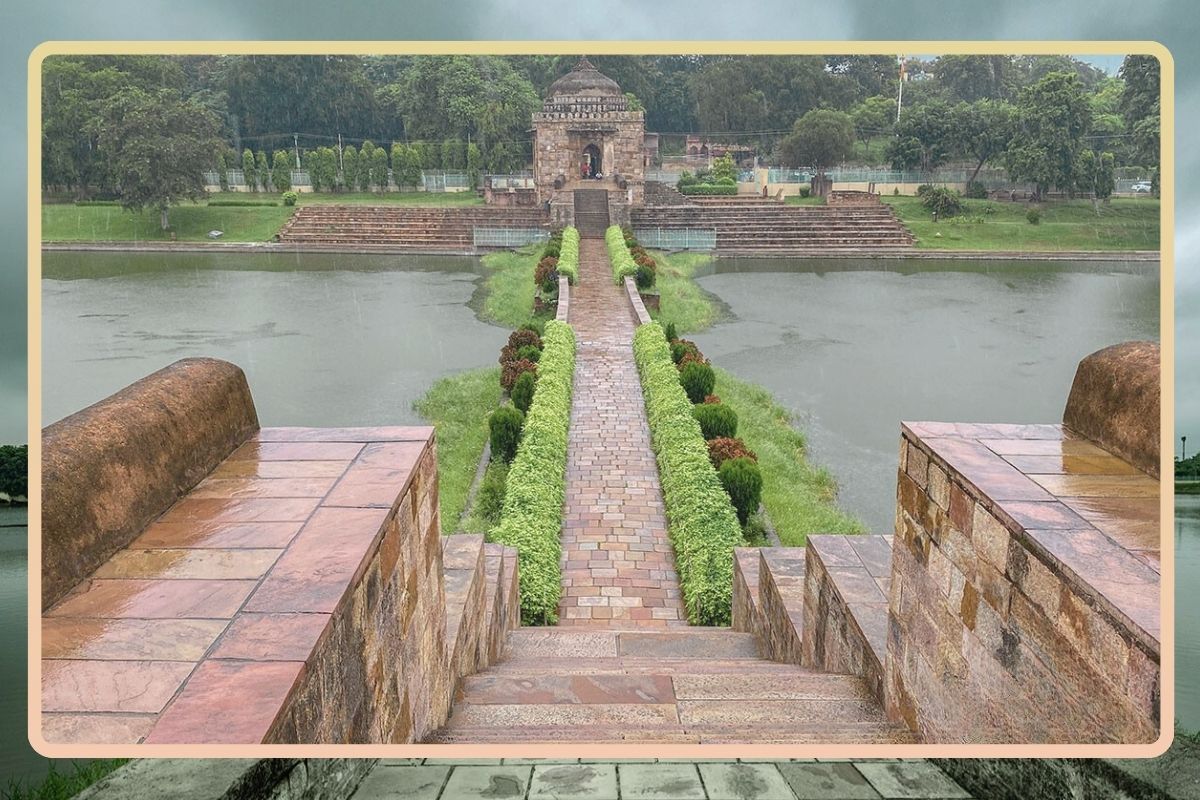
His tomb, designed by Mir Muhammad Aliwal Khan, stands approximately 122 feet high, three storeys of grace and might be sculpted from red sandstone, floating in the embrace of an artificial, square-shaped lake. This structure, finished swiftly within three months of Sher Shah’s death, marks not just the end of a man, but the continuation of a vision. Locals often say the monument feels like a story waiting for visitors to step in: emperors who walked with commoners. This king issued the Rupiya, who breathed order and justice into a weary land. The tomb is, quite simply, the lake’s heart, vivid murals, secret arches, memories of a ruler echoing endlessly in stone and silence, inviting stories anew every dawn.
Indo-Islamic and Afghan Blend: Stone Poetry
Step inside, and you enter architectural poetry. The tomb of Sher Shah Suri is a rare blend of Indo-Islamic and Afghan style, radiating quiet grandeur. It stands on a vast square plinth in the middle of an artificial lake that spreads over 22 acres, reflecting both the sky and the stories carved into its walls.
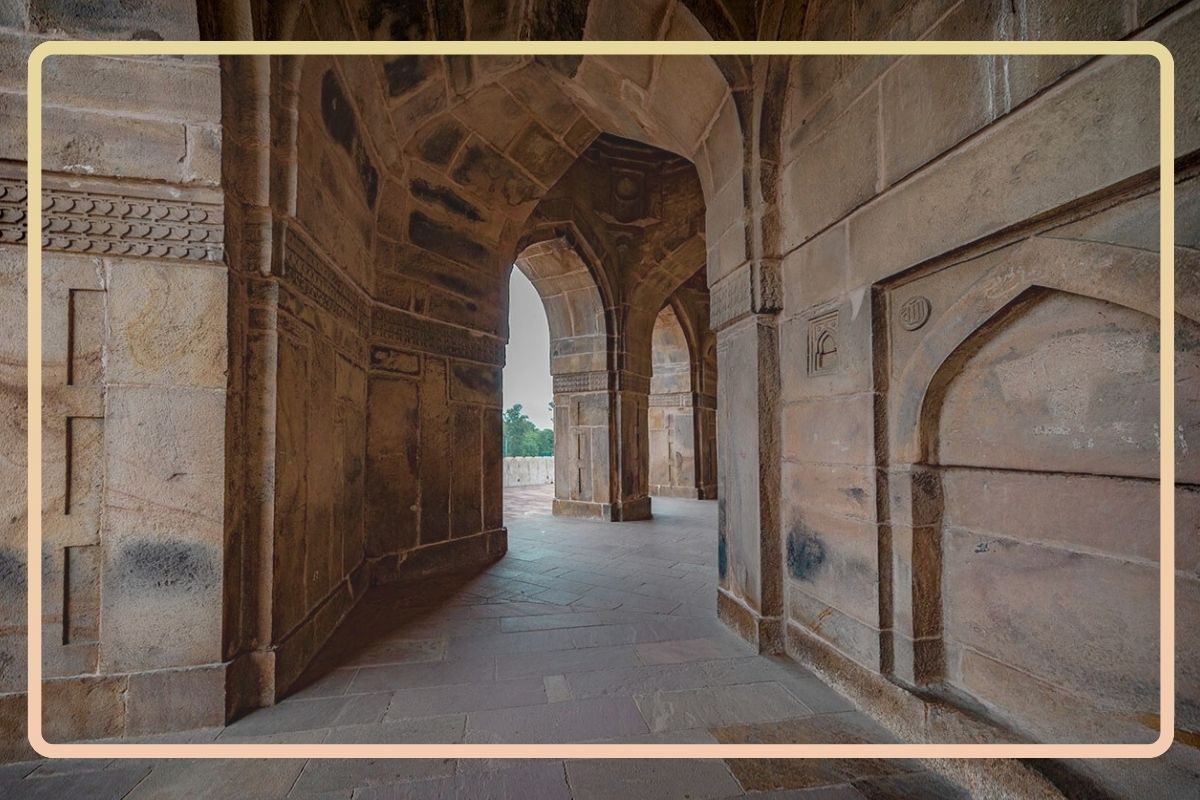
The monument’s octagonal plan, its vast sandstone dome (spanning 22 meters and considered the largest in India at the time), and the chhatris at every corner all echo the classic features of Afghan tomb design, yet the artistry here is uniquely Indian. Arched entrances, lattice screens, and calligraphy on the four sides reveal an architect’s devotion: windows let in patterns of light, stone banks and stepped moorings beckon the feet of travellers.
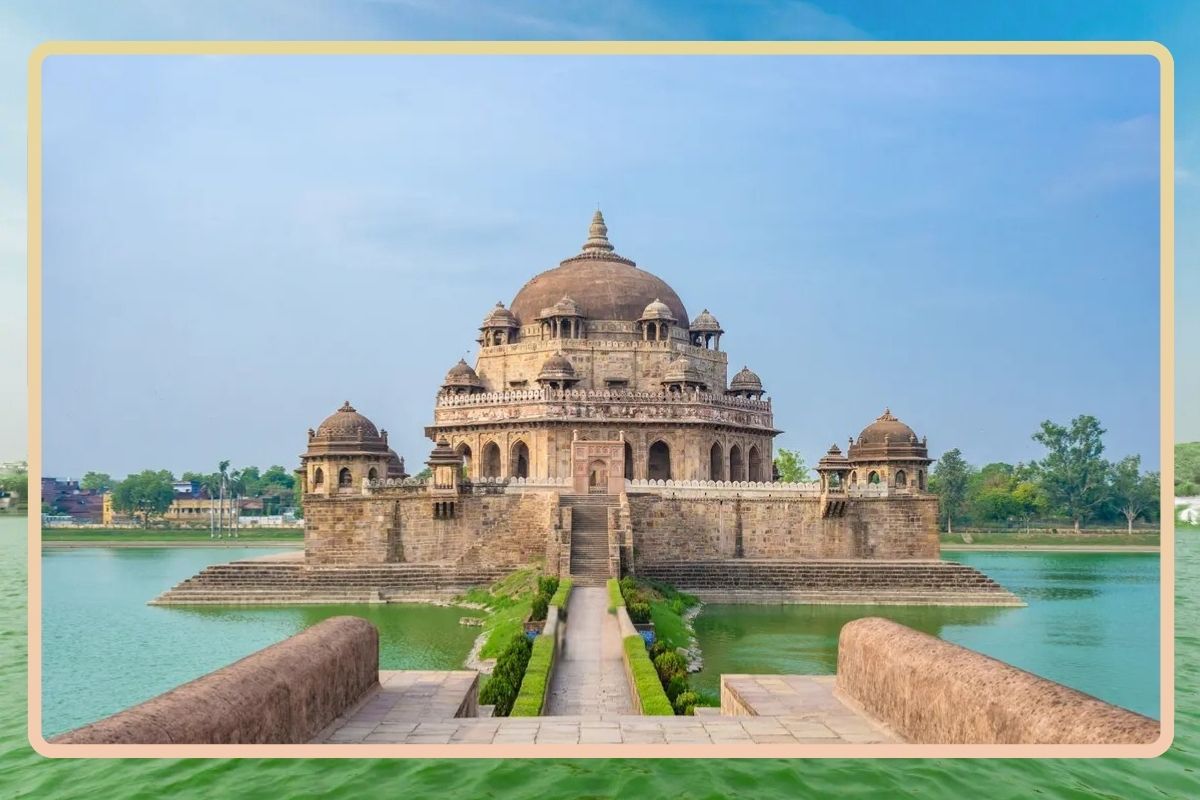
The verandah that encircles the building creates a feeling of openness, with every arch offering a view of water, village, and the distant hills. Stroll the bridge to the centre, and the structure feels alive: like an emperor’s palace meeting a poet’s dream. Inside, the air is cooled by thick walls; a marble cenotaph stands under a vaulted ceiling, inscribed with verses from the Quran: “Every soul shall taste of death.” Sher Shah’s actual grave lies below, flanked by the resting places of his family and loyal generals. This tomb is more than architecture: it is a memory manifest, a lesson in power and humility, a fusion of cultures set in stone, awaiting each visitor’s story.
Legacy Across Ages: From Rupee to Ruins
Sher Shah Suri was not just a king, but an architect of systems. His life, echoing through the walls of this tomb, continues to inspire and influence even today. Not only does his resting place draw architecture lovers, but it also attracts those tracing the birth of modern governance in India. Sher Shah introduced the Rupiya currency, reformed roads, and laid the foundation for the Grand Trunk Road that remains a lifeline for millions even now. The tomb’s relevance stretches far beyond history books; it resonates in everyday Indian life, from administrative routines to the experience of unity on the roadways of the subcontinent.
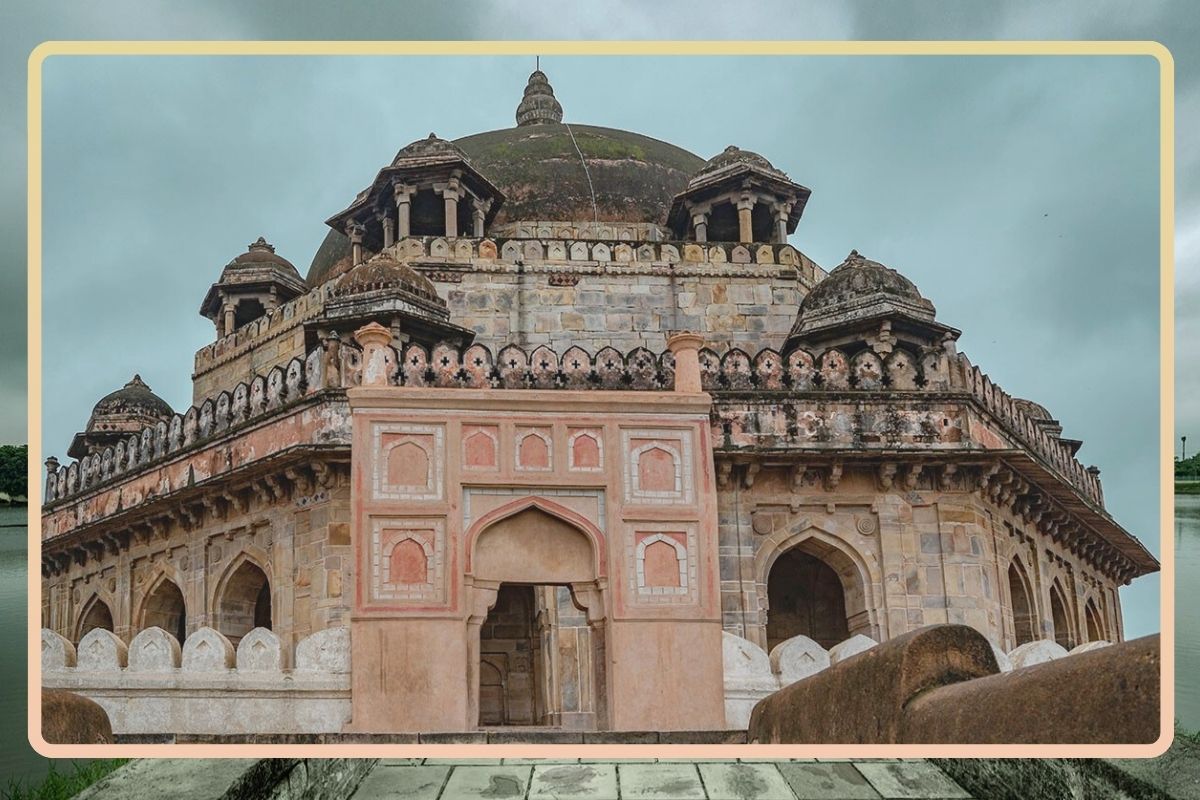
In tourism today, the tomb breathes life into the town of Sasaram and Rohtas: school kids wander its courtyards, local guides spin tales, artists sketch chhatris against sunsets, and writers find inspiration in the stones. It’s a site protected as a national monument, cherished by the Archaeological Survey of India and visited by thousands who see in its serenity a reflection of communal harmony, just as Sher Shah envisioned a just society where differences turned into strengths.
Its modern relevance is also practical: the monument boosts the local economy through travel, sustains cultural pride, and remains a gathering place for festivals, quiet contemplation, and study tours. In a world seeking examples of coexistence and vision, Sher Shah’s tomb stands majestic, gentle, welcoming all, and reminding one and all that even after centuries, dreams set in stone can guide the future.
Architectural Genius: Design That Changed History
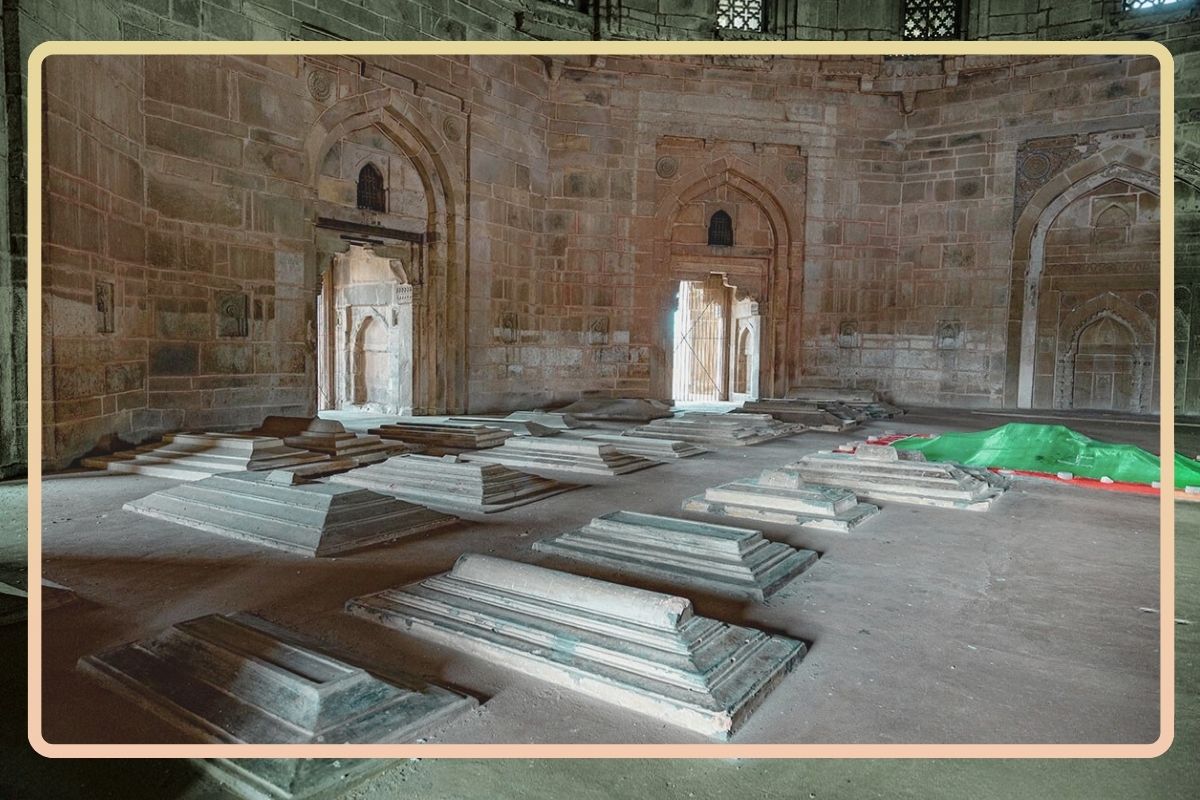
Sher Shah Suri’s architectural approach remains a turning point in Indian monument building, marked by grand scale, robust geometric design, and harmonious blending of Indo-Islamic and Afghan traditions. His works, including the tomb at Sasaram and structures across his empire, showcase massive domes, octagonal plans, imposing arches, and extensive use of red sandstone with restrained ornamentation. The octagonal layout, known as Hasht Bihisht, became his signature, a form he perfected and popularised for large mausoleums that would influence generations of builders to come. His structures employed vast domes, chhatris positioned as decorative pavilions, arched windows, and high walls, creating impressions of strength and permanence that spoke to both power and beauty.
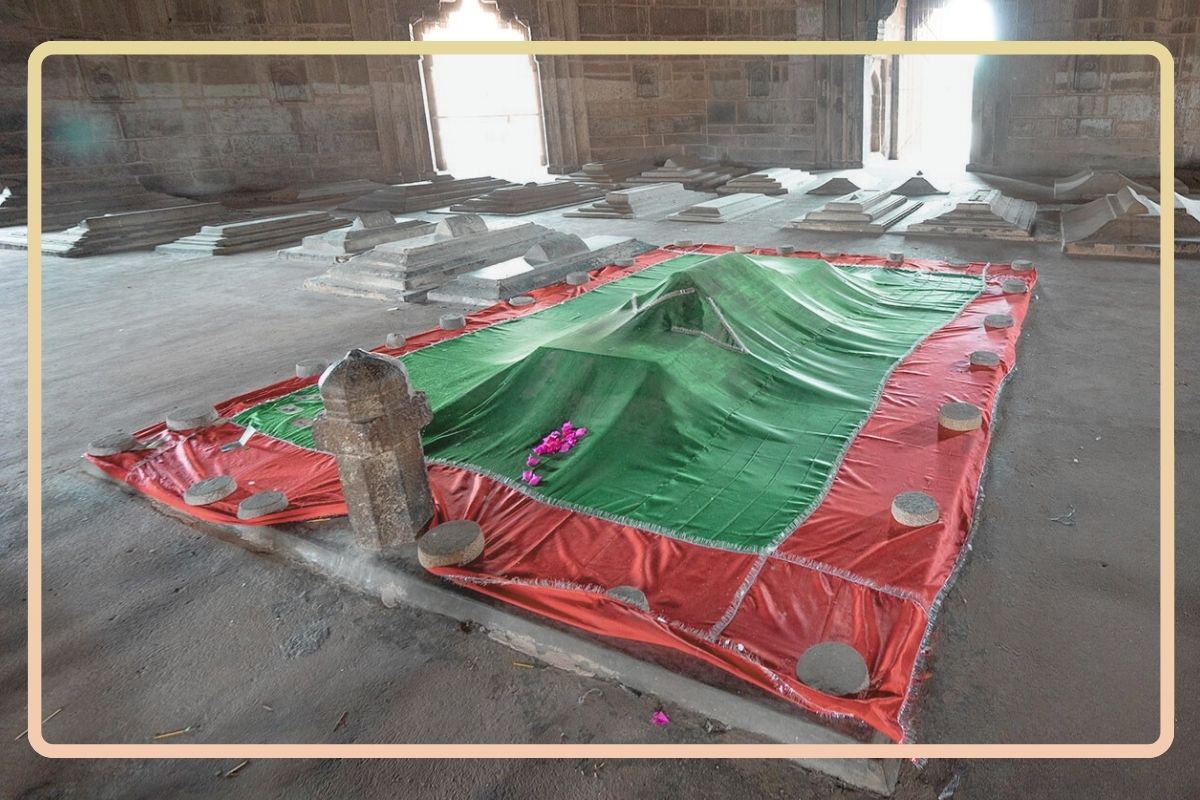
Materials came from local sources, red sandstone and quartzite, occasionally accented with marble, resulting in constructions both durable and visually commanding. The ornamentation favoured geometric patterns and architectural elements over intricate embellishment, emphasising purity of form while incorporating latticed screens, Quranic calligraphy, and occasional tile work. Water features added another dimension; the artificial lake surrounding his tomb introduced grandeur and serenity, transforming the monument into an experience rather than simply a structure. This architectural philosophy synthesised traditions from the Delhi Sultanate, Afghan designs, and emerging Mughal tastes, creating a bridge between eras and laying the groundwork for later masterpieces under Akbar and eventually the Taj Mahal itself.
The Bridge Between Empires: A Lasting Influence
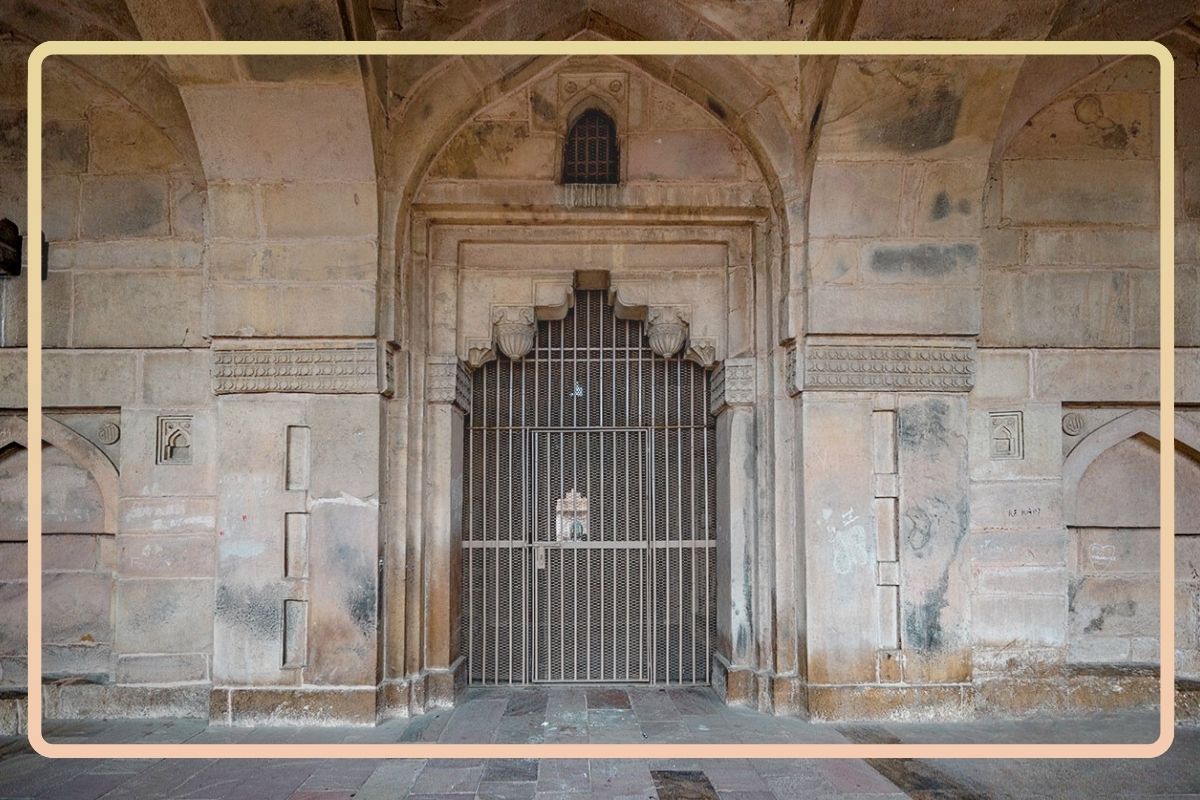
The historical importance of Sher Shah’s architectural vision extends far beyond aesthetics; it represents a pivotal link between the Sultanate and Mughal periods in Indian history. The octagonal plan and monumental tomb design he championed became blueprints for imperial mausoleums across India, influencing monument construction for over a century. His architectural legacy mirrors his broader administrative reforms, just as he systematised currency through the Rupiya and revolutionised travel with road networks, he created spaces representing harmony, order, and accessibility for all people. Structures from his reign demonstrate remarkable integration of infrastructure with architectural beauty, serving both practical and symbolic purposes.
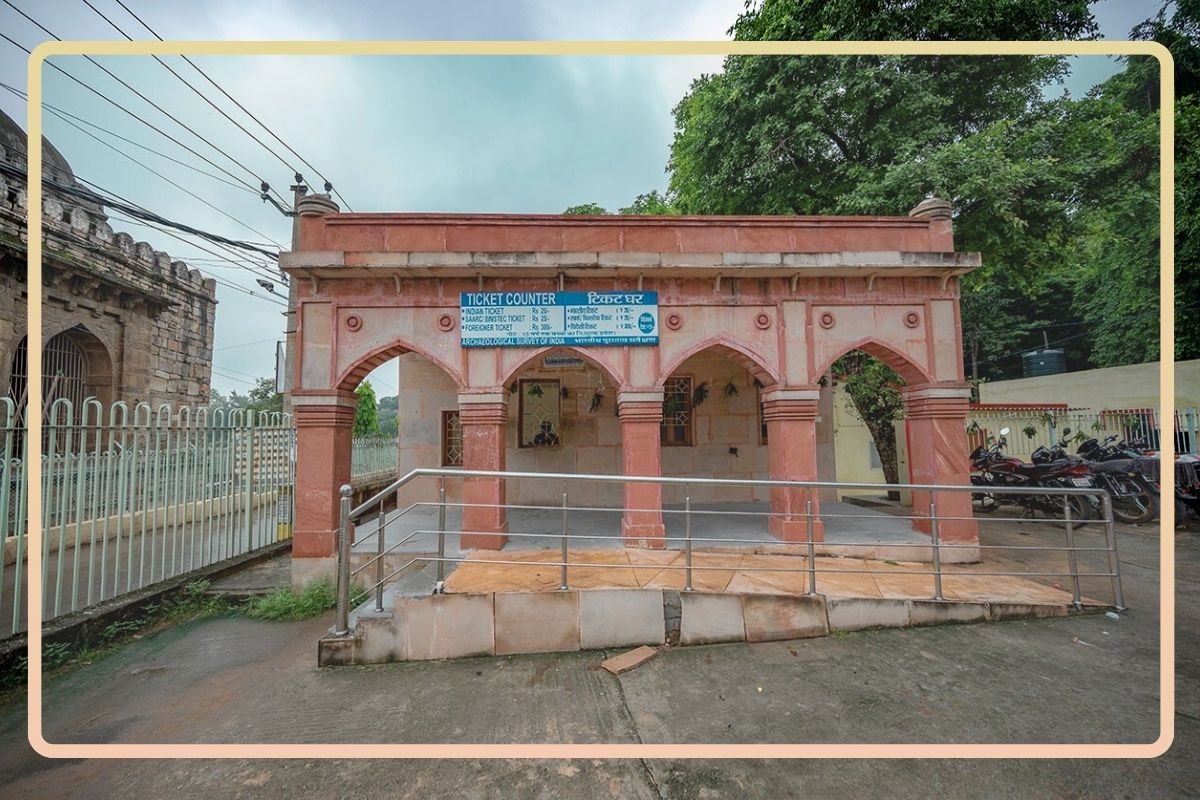
The Grand Trunk Road’s gates, numerous forts, and sarais (inns) scattered across his territory were not merely functional; they embodied his vision of a connected, orderly empire where travellers found shelter and commerce thrived. Today, his grave and monuments stand as national symbols, commemorating contributions to administration, governance, and culture that continue shaping modern India. Preservation efforts by the Archaeological Survey of India ensure these structures remain accessible, allowing contemporary Indians to connect with their heritage.
At the same time, scholars study the technical innovations embedded in every arch and dome. The influence ripples outward, architecture students analyses his proportions, historians debate his innovations, and visitors from around the world marvel at how one ruler’s brief reign left such permanent marks. Sher Shah Suri’s architectural style stands complete as a testament to vision, practicality, and the belief that buildings, like good governance, should serve generations yet unborn.
Also Read: Adilabad Fort: The Medieval Guardian Dreams, Defences, and Dilemmas
You can connect with DNN24 on Facebook, Twitter, and Instagram and subscribe to our YouTube channel.

